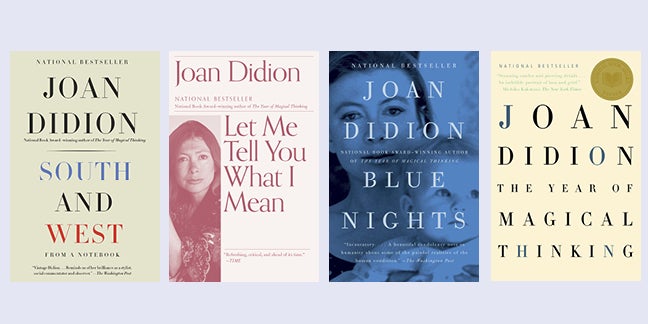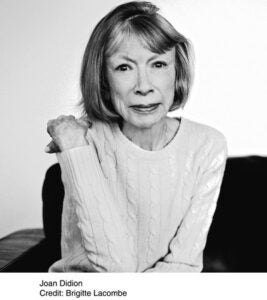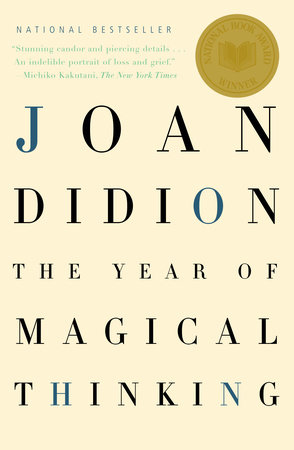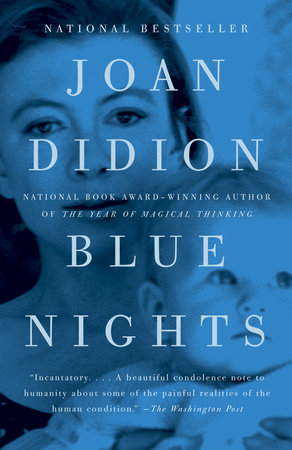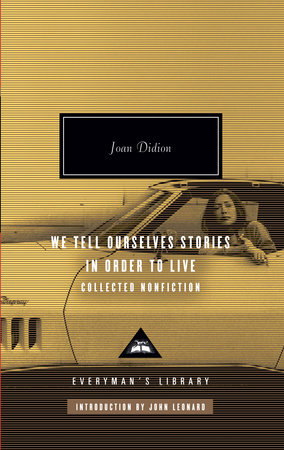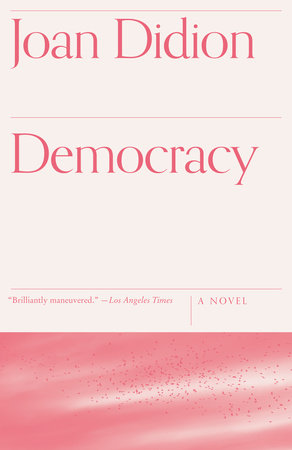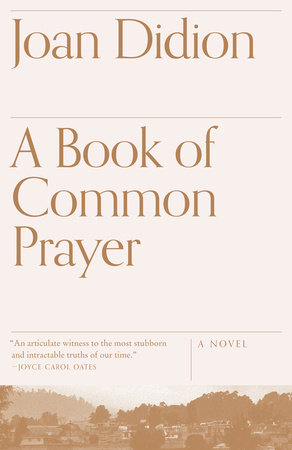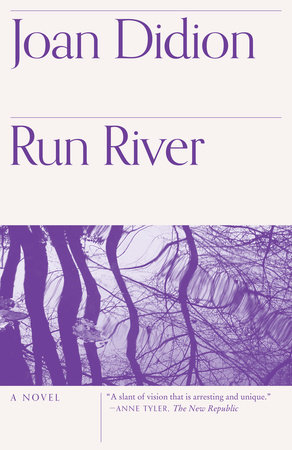Joan Didion, who passed away on December 23, 2021, was one of the country’s most trenchant writers and astute observers. Her works of fiction, commentary, and memoir have received numerous honors and are considered modern classics.
Parul Sehgal described the prolific writer as “preoccupied with, and troubled by, mythos—of youth, of America’s founding, of social movements, of the ’60s—and preternaturally gifted at fashioning her own.”
Hilton Als stated that her genius “lay in her ability to combine the specific and the sweeping in a single paragraph, to understand that the details of why we hurt and alienate one another based on skin color, sex, class, fame, or politics are also what make us American.”
Molly Fischer described her as an “observer, surveying human folly from a deliberate distance, amazed and not amazed by what she saw.”
Others praised her for encapsulating California and writing in a way that helped define and shape their own experiences.
William Grimes described her legacy as capturing the state and “its harshness and beauty, its role as a magnet for restless settlers, its golden promise and rapidly vanishing past, and its power as a cultural laboratory.”
And Darryl Pinckney said of her and her writing: “The reflections she proposed came together from patient, impartial seeming scrutiny of the language people expressed themselves in, of what we, noisome society, meant, consciously and otherwise. The detachment of the observer guarded against the kind of disillusion that brings writer’s block, modest expectations of human behavior being self-protective as well as philosophical. But for a writer associated with control, manipulation, coolness of voice, Didion’s work is full of feeling.”
We remember her and the literature she brought to the world, using her own experience to analyze and critique society on a larger scale, and enticing readers in the process.
Didion was born in Sacramento in 1934 and graduated from the University of California, Berkeley, in 1956. After graduation, Didion moved to New York and began working for Vogue, which led to her career as a journalist and writer. Didion published her first novel, Run River, in 1963.
It was in New York that Didion met John Gregory Dunne. The two married in 1964 and moved to California. They adopted a daughter, Quintana Roo, in 1967.
Working as full-time writers, each acting as the other’s first reader, Didion and Dunne were frequent literary collaborators. The two worked together on screenplays for The Panic in Needle Park (1971), Play It As It Lays (1972), which was Didion’s second novel, A Star Is Born (1976), and Up Close and Personal (1996). Didion’s other novels include A Book of Common Prayer (1977), Democracy (1984), and The Last Thing He Wanted (1996). Didion’s first volume of essays, Slouching Towards Bethlehem, was published in 1968, and her second, The White Album, was published in 1979. Her nonfiction works include Salvador (1983), Miami (1987), After Henry (1992), Political Fictions (2001), Where I Was From (2003), We Tell Ourselves Stories In Order to Live (2006), South and West (2017), and Let Me Tell You What I Mean (2021). Her memoir The Year of Magical Thinking, written in the immediate wake of Dunne’s death, won the National Book Award for Nonfiction in 2005.
Less than two years after Dunne’s death, their daughter Quintana Roo died of acute pancreatitis. Didion wrote about Quintana’s death in her 2011 memoir Blue Nights.
In 2005, Didion was awarded the American Academy of Arts and Letters Gold Medal in Belles Letters and Criticism. In 2007, she was awarded the National Book Foundation’s Medal for Distinguished Contribution to American Letters. A portion of National Book Foundation citation read: “An incisive observer of American politics and culture for more than forty-five years, Didion’s distinctive blend of spare, elegant prose and fierce intelligence has earned her books a place in the canon of American literature as well as the admiration of generations of writers and journalists.” In 2013, she was awarded a National Medal of Arts and Humanities by President Barack Obama, as well as the PEN Center USA’s Lifetime Achievement Award.
Shelley Wanger, her editor at Knopf, said, “Joan was a brilliant observer and listener, a wise and subtle teller of truths about our present and future. She was fierce and fearless in her reporting. Her writing is timeless and powerful, and her prose has influenced millions. She was a close and longtime friend, loved by many, including those of us who worked with her at Knopf. We will mourn her death but celebrate her life, knowing that her work will inspire generations of readers and writers to come.”
JOAN DIDION
December 5, 1934 – December 23, 2021
Some of her notable works include:
These pieces from 1968 to 2000, never before gathered together, offer an illuminating glimpse into the mind and process of a legendary figure. They showcase Joan Didion’s incisive reporting, her empathetic gaze
Winner of the National Book Award and Nominated for the National Book Critics Circle Award, this is a timeless collection that reveals what would become Joan Didion’s subjects, including the press, politics, California robber barons, women, and her own self-doubt.
Blue Nights is a work of stunning frankness about losing a daughter. As she reflects on her daughter’s life and on her role as a parent, Didion grapples with the candid questions that all parents face, and contemplates her age, something she finds hard to acknowledge, much less accept.
As Didion follows Miami’s drift into a Third World capital, she also locates its position in the secret history of the Cold War. Miami is not just a portrait of a city, but a masterly study of immigration and exile, passion, hypocrisy, and political violence.
South and West includes two extended excerpts from notebooks she kept in the 1970s; read together, they form a piercing view of the American political and cultural landscape.

